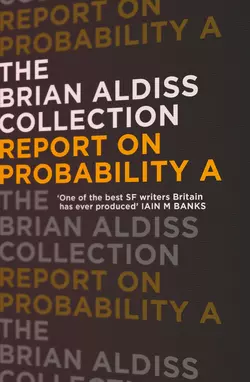Report on Probability A

Brian Aldiss
Тип: электронная книга
Жанр: Современная зарубежная литература
Язык: на английском языке
Стоимость: 536.55 ₽
Статус: В продаже
Издательство: HarperCollins
Дата публикации: 16.04.2024
Отзывы: Пока нет Добавить отзыв
О книге: Controversial and brilliant, Report on Probability A is a claustrophobic and terrifying novel that examines the politics of surveillance and ownership.The Brian Aldiss collection includes over 50 books and spans the author’s entire career, from his debut in 1955 to his more recent work.Mr and Mrs Mary live a normal life in every way, except one. All day, every day, they are being watched by three men.Once employed by the Marys, the men now spend their time observing the couple’s every move. But Mrs Mary has her gun, and she’s been watching too.